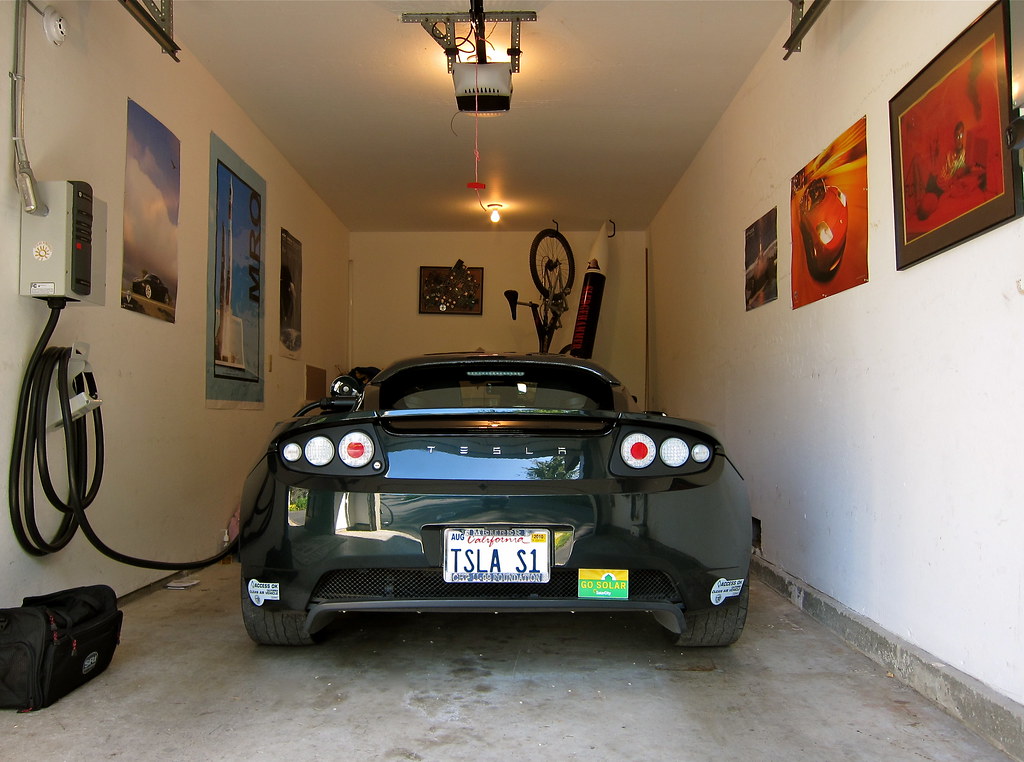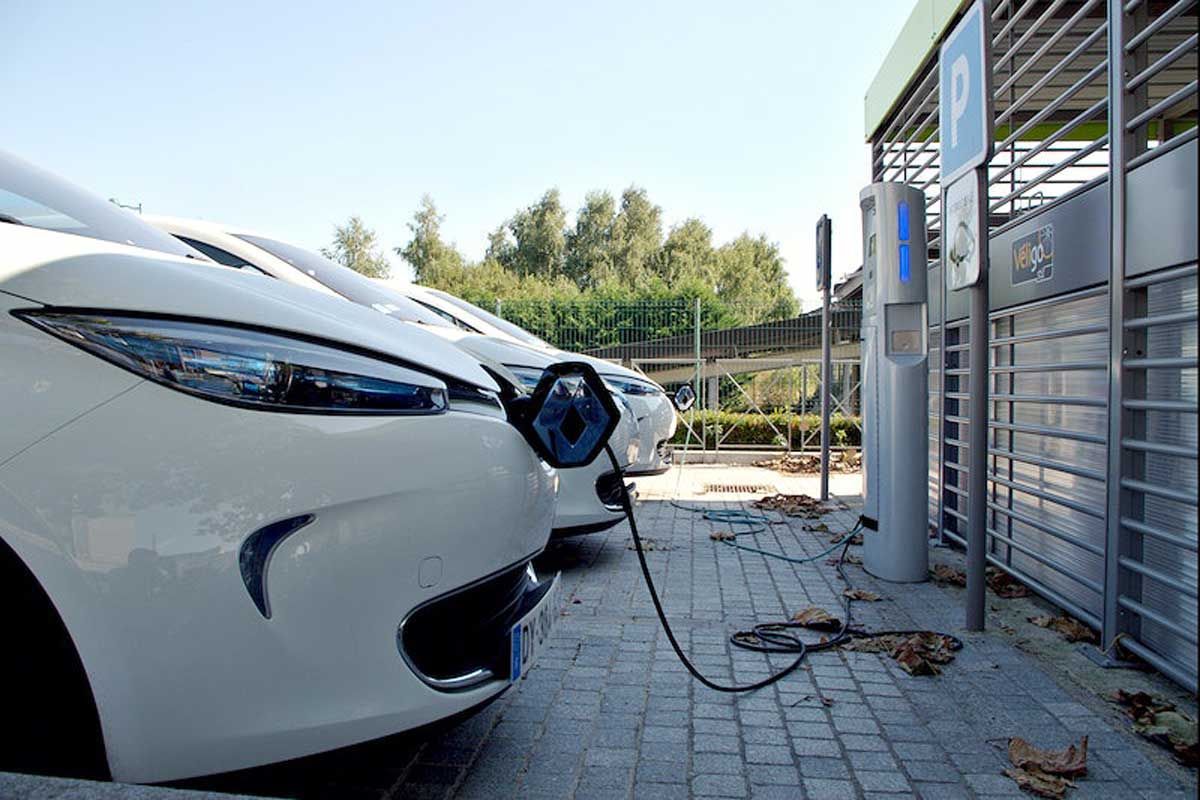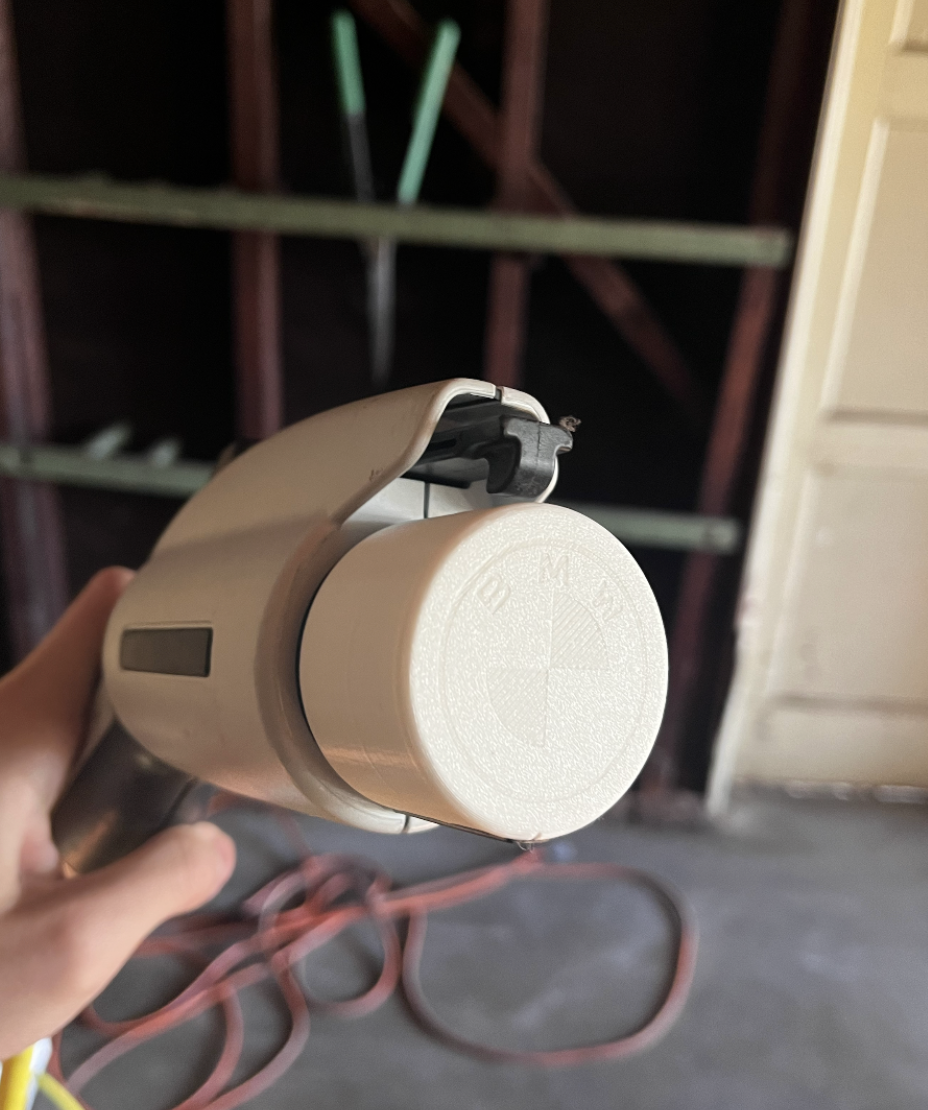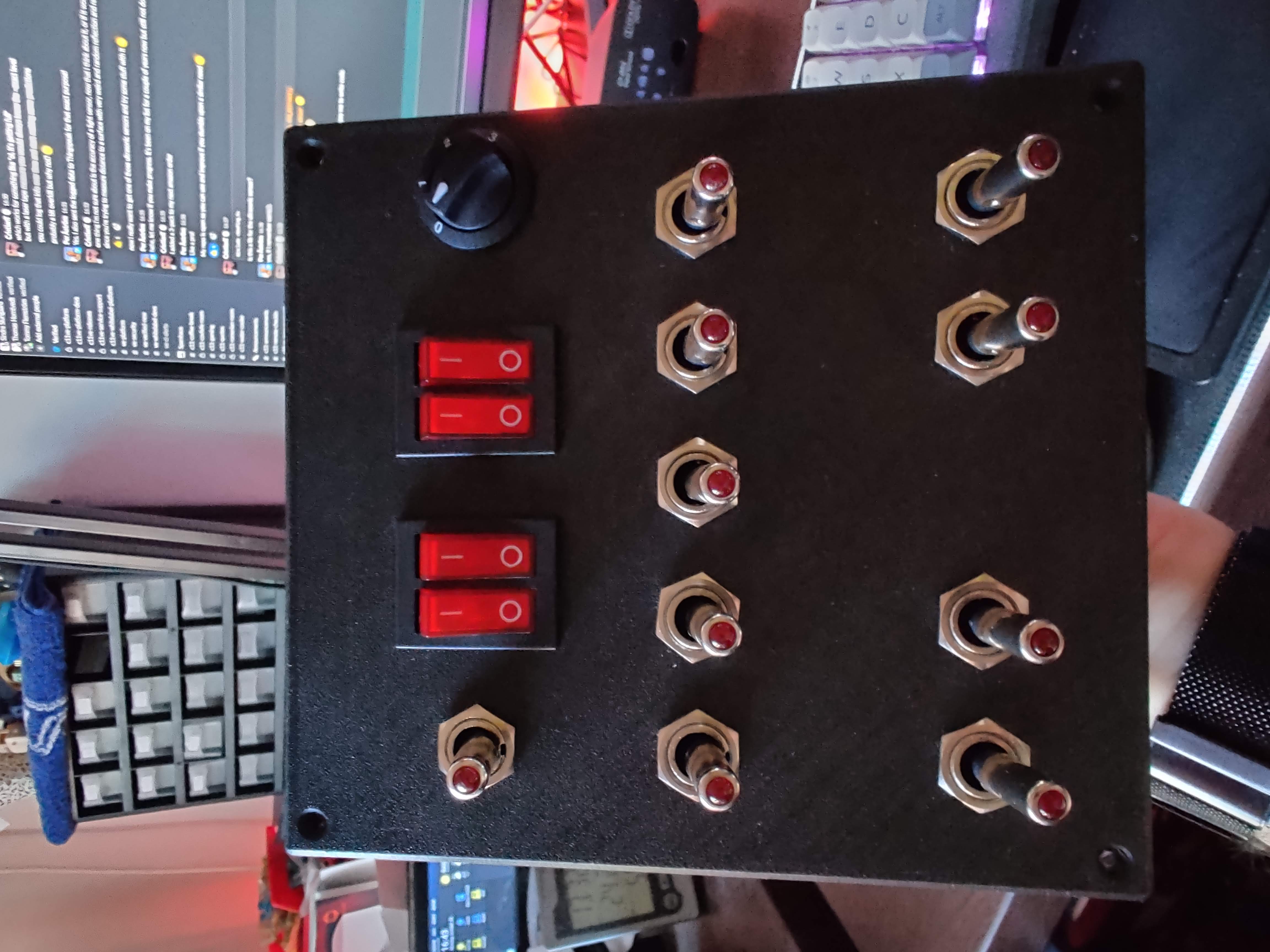
Embracing the electric vehicle revolution is an exciting journey, signaling a significant shift towards more eco-friendly transportation. As more homeowners proudly plug in their new EVs, a common and perfectly natural question arises: will charging this futuristic marvel at home send your electricity bill skyrocketing? It’s a valid concern, and one we’re here to tackle head-on. The good news is, with a bit of savvy planning and a few smart adjustments, you can absolutely keep your energy costs under control.
While it’s true that adding an EV to your household will increase your electricity consumption, this doesn’t automatically translate to an insurmountable bill. In fact, for most drivers, the financial trade-off is remarkably favorable. You’ll likely see a higher utility bill, yes, but this is typically dwarfed by the substantial savings you’ll realize on gasoline, leading to much lower overall transportation costs. It’s all about working smarter, not harder, with your new energy demands.
This guide is designed to empower you with practical, actionable steps to optimize your home’s electricity system after buying an EV. We’ve distilled the essential information into 12 simple, implementable strategies that will help you cut costs, maximize savings, and fully enjoy the benefits of your electric vehicle without any bill-related anxieties. Let’s dive into the first half of these game-changing tips, ensuring your wallet stays as green as your ride.

1. **Understand Your EV’s Energy Consumption and Costs**Stepping into the world of electric vehicles means getting acquainted with a new set of metrics for ‘fuel’ consumption. On average, an EV sips about 30 kilowatt-hours (kWh) of electricity for every 100 miles it travels. This simple figure is your baseline for understanding how much energy your new vehicle will add to your household’s overall usage.
To put this into a more relatable perspective, consider your typical monthly driving habits. If you log around 1,000 miles in a month, your EV will consume roughly 300 kWh of electricity. At the U.S. average rate of $0.16 per kWh, this translates to an additional cost of about $48 on your monthly electric bill. It’s important to remember that these are averages; your exact costs will fluctuate based on your utility’s specific rates and whether you reside in a high-cost region like California or a more budget-friendly area.
Looking at individual charging sessions, the average cost to fully charge an electric vehicle at home typically ranges from $5 to $15. For instance, charging a vehicle equipped with a 65-kilowatt-hour (kWh) battery, using a Level 2 charger, usually rings in at around $11, assuming a national average electricity cost of $0.17 per kWh. Extending this over time, this can amount to approximately $56 per month, adding up to an annual cost of about $674 if your vehicle is charged exclusively at home.
Several factors play a significant role in determining your specific electric car charging costs. The size of your EV’s battery is a primary influencer; larger batteries demand more energy for a full charge, though they often provide extended driving ranges. For example, a Tesla Model Y with its larger battery capacity might cost more to charge than a Chevrolet Bolt EV, which typically has a smaller battery. Furthermore, local electricity rates, which vary widely across regions and can be influenced by time of day or season, will directly impact your overall expenses. Understanding these elements is the first step toward smart energy management.
Read more about: Your Ultimate Single Car Solution: The Best Picks for Every Driver in 2025

2. **Take Advantage of Time-of-Use (TOU) Pricing Plans**One of the most potent weapons in your arsenal against high electricity bills is understanding and leveraging Time-of-Use (TOU) pricing plans. Many utility companies, especially in regions like California, structure their electricity rates so that they vary based on demand. This means electricity is cheaper during off-peak hours when fewer people are using it, and more expensive during peak hours when demand is high.
The savings potential with TOU rates is substantial. By strategically scheduling your EV charging sessions to occur during off-peak hours, typically late at night or in the early morning, you can significantly reduce your costs. The context highlights that charging your EV between 9 p.m. and 6 a.m. could cut your costs by a remarkable 30–50%. This simple shift in habit can lead to hundreds of dollars in savings over the course of a year.
To fully capitalize on TOU pricing, start by enrolling in a TOU plan with your utility provider. Once enrolled, program your EV to charge between midnight and early morning when rates are at their lowest. This isn’t just for your car; extend this habit to other large appliances. Running your washing machine and dishwasher outside of peak hours can further amplify your savings, ensuring every major electricity-consuming task aligns with the most affordable rates.
Modern electric vehicles, such as Tesla, Ford Mustang Mach-E, and Rivian models, offer built-in features that allow you to schedule charging sessions directly through their mobile apps, making it effortless to align with TOU plans automatically. Additionally, some smart chargers can even adjust charging speed based on real-time electricity pricing. It’s worth noting that for business customers, time-of-use periods are consistent year-round with no seasonality, providing a predictable framework for cost management, a principle homeowners can also benefit from.

3. **Upgrade to a Smart EV Charger**While any charger gets the job done, upgrading to a Level 2 smart EV charger is a strategic move that enables far more efficient charging and unlocks considerable cost savings for homeowners. These Wi-Fi-connected chargers transform a simple act of plugging in into an intelligent, optimized energy management process, providing a level of control and insight that standard chargers simply can’t match.
Smart chargers come packed with features designed to put you in control of your charging costs. They often include load balancing capabilities, which prevent overloading your home’s electrical circuits, ensuring safety and reliability. Crucially, they integrate seamlessly with Time-of-Use (TOU) rate schedules, automatically initiating charging when electricity is cheapest. Remote access allows you to monitor and control your charging sessions from anywhere, and many are compatible with home solar panel systems, enabling you to charge your EV directly from your generated solar energy.
When considering your options, several models stand out for their capabilities. The Tesla Wall Connector, JuiceBox 40 Smart EV Charger, and ChargePoint Home Flex are all excellent choices. These chargers offer high-speed charging—significantly faster than standard Level 1 outlets—and integrate with broader energy management systems for optimized savings. For specialized installations, like a Tesla charger, professional expertise ensures optimal setup and performance.
Understanding the different levels of EV chargers is also key to making an informed decision. A standard Level 1 charger, using a 120V household outlet, adds about 3-5 miles of range per hour. However, for most EV owners, a Level 2 charger, operating on a 240V circuit (similar to large appliances), is the recommended home installation, adding approximately 25-30 miles of range per hour, ensuring a full charge overnight. When selecting a Level 2 charger, consider its amperage (higher amperage charges faster but might need electrical upgrades), smart features, cable length, weather resistance, and compatibility with your specific EV model to find the best fit for your home and needs.
Read more about: 14 Unlikely Automotive Heroes: The Cars That Shocked Everyone and Redefined Success

4. **Install a Home Solar System and Battery Storage**For homeowners seeking the ultimate path to cutting electricity costs and achieving genuine energy independence, installing solar panels coupled with battery storage systems is a transformative solution. This powerful combination significantly reduces your reliance on the grid, allowing you to generate your own clean electricity and store it for optimal use, future-proofing your home against rising utility rates.
The Tesla Powerwall exemplifies how advanced home battery systems can revolutionize your energy usage. Designed to work in harmony with solar panels, the Powerwall stores excess energy generated during the day. This stored energy can then be deployed during peak pricing periods, when grid electricity rates are highest, or even provide emergency power during outages, preventing costly interruptions. It’s a dual benefit of lower electricity bills and reliable backup power.
Integrating solar panels with EV charging means you can directly offset the energy your vehicle consumes. During sunny hours, your solar panels can generate more electricity than your home is immediately using. This excess energy can either be used to charge your EV, stored in a battery system like the Powerwall, or, in areas with net metering programs, fed back into the grid for credits. This allows you to truly charge your electric car using clean, self-generated solar power, potentially eliminating charging costs altogether.
California homeowners are particularly well-positioned to take advantage of these solutions, with various state and federal incentives available to reduce the initial installation costs. Programs like the Self-Generation Incentive Program (SGIP) offer rebates for battery storage systems such as the Tesla Powerwall, and the generous 30% Federal Solar Tax Credit can further reduce your investment. These incentives make the pathway to energy independence and dramatically lower bills more accessible and financially attractive than ever before.
Read more about: Encountering the Unconventional: An In-Depth Look at Tesla’s Cybertruck and the Engineering Philosophy Behind It

5. **Implement a Smart Home Energy Management System**Taking control of your home’s energy consumption goes beyond just smart charging; it involves understanding and managing your entire household’s electricity use in real-time. This is where a smart home energy management system shines, providing homeowners with the tools to monitor, control, and optimize every electron flowing through their property, leading to significant savings and enhanced efficiency.
These sophisticated systems empower you in multiple ways. They allow you to optimize energy consumption during off-peak hours by automatically adjusting appliance usage based on real-time electricity demand. With remote control features, you can reduce wasted energy by turning off devices that are inadvertently left on, even when you’re not home. Furthermore, these systems are vigilant, designed to receive alerts about unusual electricity consumption patterns, helping you quickly identify and address potential energy drains or malfunctions.
To get started, recommended solutions include smart home energy monitors like the Sense Energy Monitor or Emporia Vue. These devices provide incredibly detailed insights into real-time power consumption, meticulously breaking down where every watt is going. This granular data helps you pinpoint exactly where to cut costs effectively. Crucially, these systems often integrate seamlessly with existing home automation systems, transforming energy management from a chore into an effortless, automated process.
By leveraging the intelligence of a smart home energy management system, you’re not just reacting to your electricity bill; you’re proactively shaping it. You gain the power to make informed decisions about your energy habits, ensuring that your home and your EV are operating at peak efficiency, translating directly into tangible savings and a more sustainable lifestyle.
Read more about: The Electric Pickup Truck Showdown: A Comprehensive Review of Ford F-150 Lightning and Tesla Cybertruck

6. **Compare EV Charging to Gasoline Costs**While the prospect of an increased electric bill might initially feel daunting after bringing your EV home, it’s absolutely crucial to view this change within the broader context of your total transportation expenses. The real magic of EV ownership often lies in the significant reduction of overall costs, even if your utility bill sees an uptick. This comparison is a powerful motivator and a clear indicator of the financial wisdom behind your EV investment.
Let’s ground this in a tangible example provided in the context. Imagine driving 1,000 miles in a conventional gasoline-powered car that averages 25 miles per gallon (MPG). If gasoline costs $4 per gallon, that monthly driving would set you back approximately $160 in fuel alone. This is a considerable recurring expense that many drivers simply accept as the cost of getting around.
Now, contrast this with driving the same 1,000 miles in an electric vehicle. As we discussed earlier, this distance would typically consume about 300 kWh of electricity. At an average rate of $0.16 per kWh, your electricity cost for charging would be around $48. This figure represents your added expense on your electric bill directly attributable to your EV’s ‘fuel’.
When you put these two figures side-by-side, the financial advantage of an EV becomes strikingly clear: “That’s a savings of over $100 per month in this example—even though your electric bill increases.” This comparison underscores a fundamental truth about EV ownership: the trade-off is consistently favorable. You exchange a higher utility bill for much lower overall transportation costs, proving that going electric is a savvy financial move that benefits your wallet in the long run.
Now that you’ve mastered the essential first steps, it’s time to elevate your energy-saving game. This second section dives into more advanced tactics and long-term investments that will not only further trim your electricity bill but also future-proof your home for sustainable, efficient living with your EV.
Read more about: The Top 14 Vehicles Built to Go the Distance: Your Guide to 350,000+ Mile Reliability

7. **Enroll in Utility Rebates and Incentive Programs**Many homeowners overlook a goldmine of savings: the various rebates and incentive programs designed to encourage energy efficiency and EV adoption. These aren’t just minor discounts; they can significantly reduce the upfront costs of installing new equipment or even provide ongoing financial benefits for smart energy habits. It’s truly free money waiting to be claimed, and it’s well worth your time to investigate.
Start your search by checking with your local utility provider. Many companies, including giants like PG&E and SoCal Edison, offer specific rebates for energy-efficient appliances, home upgrades, and sometimes even for installing home charging stations. Beyond local offerings, state programs are often incredibly generous. For instance, California homeowners can tap into initiatives like the Self-Generation Incentive Program (SGIP) for battery storage systems such as the Tesla Powerwall, and the California Clean Fuel Reward for EV charging stations.
Don’t forget the federal level, where powerful incentives like the Clean Vehicle Tax Credit, offering up to $7,500 for new EVs, can drastically cut your purchase cost. Furthermore, the Inflation Reduction Act provides a tax credit for installing home EV chargers, covering 30% of the cost, up to $1,000, particularly for those in rural or low-income areas. States like Colorado, New York, New Jersey, Texas, and Florida also boast their own impressive rebate and tax credit programs, some extending up to $10,000 for EV purchases.
The key is diligent research. Programs change and vary by location, so visit resources like the U.S. Department of Energy’s Electric Vehicle Charging Infrastructure page and the California Energy Commission website to ensure you’re aware of every opportunity. Many programs require an application *before* you purchase or install equipment, so plan ahead to capture every dollar you’re entitled to. These incentives make achieving energy independence and lower bills more accessible and financially attractive than ever before.
Read more about: Is Your Electric Bill Giving You Nightmares? 14 Epic Ways to Slash Your Costs, Starting Today!

8. **Reduce Peak Demand Charges with a Demand Response Program**If you’re looking for another savvy way to cut costs and even earn payments, exploring demand response programs could be a game-changer. These innovative programs, offered by some utilities, incentivize homeowners to reduce their energy consumption during specific periods when the grid is under strain, typically during peak demand. It’s a win-win: you help stabilize the grid, and your wallet gets a boost.
Participating is straightforward. First, you enroll in a demand response program offered by your utility company. Once enrolled, you’ll receive notifications or have your smart devices automatically adjust to reduce electricity use during designated high-demand times. This might involve setting your large appliances, like washing machines or dishwashers, and your HVAC system to run outside of these peak periods. It’s about being mindful and strategic with your energy timing.
For EV owners with home battery storage systems like the Tesla Powerwall, participation becomes even more powerful. Instead of drawing expensive electricity from the grid during peak times, your Powerwall can seamlessly provide stored energy to your home. This not only avoids high peak demand charges but also contributes to grid stability. These programs can lead to additional annual electricity bill savings and sometimes even direct payments from utility providers for your contribution to energy-saving initiatives.
Read more about: Read This First: 14 Popular Trucks and SUVs That Become Costly Money Pits Once They Hit 80,000 Miles

9. **Upgrade to an Energy-Efficient Electrical Panel**While often out of sight and out of mind, your home’s electrical panel is the beating heart of its energy system, especially when integrating an EV. For many older homes, outdated panels simply aren’t equipped to handle the increased load of modern appliances, smart home tech, and especially the sustained demands of EV charging. Upgrading to a modern, energy-efficient electrical panel is a foundational investment that paves the way for greater savings and efficiency.
An upgraded electrical panel brings a multitude of benefits. Crucially, it provides the necessary capacity to safely and efficiently support high-power devices like Level 2 EV chargers and sophisticated battery storage systems such as the Tesla Powerwall. This enhanced capacity prevents circuit overloads and ensures a stable, reliable power supply throughout your home. Moreover, modern panels are designed to improve overall electrical flow, which in turn reduces energy waste and enhances the efficiency of all your connected devices.
Beyond just capacity, an updated panel significantly boosts the safety and reliability of your home’s electrical infrastructure. It ensures that your smart home energy devices operate at their peak, allowing them to truly optimize your consumption. If you’re planning to install a Tesla Powerwall or multiple EV chargers, an electrical panel upgrade may not just be recommended, but essential to accommodate the additional power load. Consulting with an experienced electrician is a wise first step to assess your current panel and determine if an upgrade is needed, ensuring your home is ready for the future of energy.
Read more about: Is Your Electric Bill Giving You Nightmares? 14 Epic Ways to Slash Your Costs, Starting Today!

10. **Switch to LED Lighting and Energy-Efficient Appliances**Sometimes, the biggest savings come from a combination of small, consistent changes that permeate every corner of your home. While the focus has largely been on your EV, don’t overlook the tremendous impact that modernizing your everyday home appliances and lighting can have on your overall electricity bill. These upgrades are often straightforward, surprisingly affordable, and yield immediate, tangible savings.
Let’s start with lighting. Making the simple switch from traditional incandescent bulbs to LED (Light Emitting Diode) bulbs can slash your lighting energy consumption by up to 75%. LED bulbs last significantly longer, meaning fewer replacements and less waste, all while providing superior illumination. It’s an easy win that adds up month after month on your utility statement.
Beyond lighting, upgrading to ENERGY STAR-rated appliances is a smart move. Consider investing in a smart thermostat that automatically adjusts your heating and cooling based on your schedule and preferences, which can significantly reduce the energy costs associated with your HVAC system – a major culprit, accounting for up to 40% of a typical home’s energy use. High-efficiency HVAC systems themselves are a worthwhile long-term investment. Additionally, smart power strips can eliminate ‘phantom loads’ by cutting power to devices that consume electricity even when turned off or in standby mode, ensuring every watt is used efficiently.
These seemingly small changes collectively form a powerful defense against high electricity bills. By making your entire home more energy-efficient, you create a holistic environment where your EV charging costs are just one piece of a much smaller, more manageable energy pie. It’s about building a smarter, leaner energy profile from the ground up.
Read more about: Is Your Electric Bill Giving You Nightmares? 14 Epic Ways to Slash Your Costs, Starting Today!

11. **Deep Dive into Your Utility’s Specific EV Rate Structures**While we’ve touched on Time-of-Use (TOU) rates, truly optimizing your EV charging costs means going beyond the basics and thoroughly understanding the specific EV tariff structures your local utility offers. Many utilities are evolving their pricing models to cater to EV owners, and these specialized plans can provide even greater savings if you know how to navigate them.
Don’t assume all TOU plans are created equal, or that your utility only has one option. Proactively contact your utility provider and specifically inquire about any dedicated EV rate plans or advanced tariffs they might have. These plans might offer different peak/off-peak windows, super off-peak discounts, or even demand-based components, which could be more complex but potentially more rewarding than a generic residential TOU plan.
For instance, some utility structures, even if primarily aimed at business customers, offer insights into how residential EV plans might develop or how large consumers are billed. The context highlights business EV tariffs with monthly subscription charges based on kW consumption, overage fees, and grace periods. While these exact structures might not apply directly to homeowners, understanding the *types* of complexities utilities use (like subscription tiers or demand charges) can empower you to ask the right questions about *your* residential options and avoid hidden costs.
By taking the time to truly understand the granular details of your utility’s specific EV rate offerings, you can pinpoint the absolute cheapest times to charge, identify potential pitfalls like overage fees if such structures exist for residential customers, and ensure your charging strategy is perfectly aligned with the most cost-effective plan available. This deep dive moves you from simply taking advantage of a plan to truly mastering it.
Read more about: The Hidden Costs: Unmasking the Real Reasons Your Electric Bill Exploded After Bringing Home an EV

12. **Continually Monitor and Optimize Your Energy Strategy**Congratulations, you’ve implemented a robust set of strategies to lower your home’s electric bill after buying an EV! But remember, energy management isn’t a ‘set it and forget it’ endeavor; it’s an ongoing process of monitoring, learning, and adapting. The landscape of electricity rates, technology, and even your own driving habits can shift, so staying vigilant is key to sustained savings.
Leverage the data and insights from your smart home energy management system (like the Sense Energy Monitor or Emporia Vue, as discussed earlier). These systems provide invaluable real-time information, helping you identify unexpected energy drains, track the effectiveness of your changes, and understand precisely where every watt is going. This granular data is your compass for continuous improvement.
Make it a habit to regularly review your electricity bills. Look for patterns, compare month-to-month usage, and scrutinize any unexpected spikes or changes in rates. Are your off-peak charging schedules still aligning perfectly with the cheapest times? Has a new appliance quietly become an energy hog? Your bill isn’t just a charge; it’s a report card on your energy efficiency efforts.
Finally, don’t hesitate to adjust your charging schedules, appliance usage, or smart system settings as your needs evolve or as new incentives become available. Stay informed about emerging technologies, new utility programs, or even changes in federal tax credits. By actively engaging with your home’s energy consumption and remaining flexible, you ensure your strategy remains optimized, keeping your electric bill as low as possible for the long haul.
Read more about: Uncovering the Smart Spending Habits: 12 Frugal Lessons from Celebrities That Anyone Can Adopt
Embracing an electric vehicle is a fantastic step towards a greener future, and by implementing these 12 comprehensive steps, you’re not just saving money – you’re building a smarter, more sustainable, and truly energy-independent home. So plug in, power up, and enjoy the ride, knowing you’re in complete control of your energy destiny!



